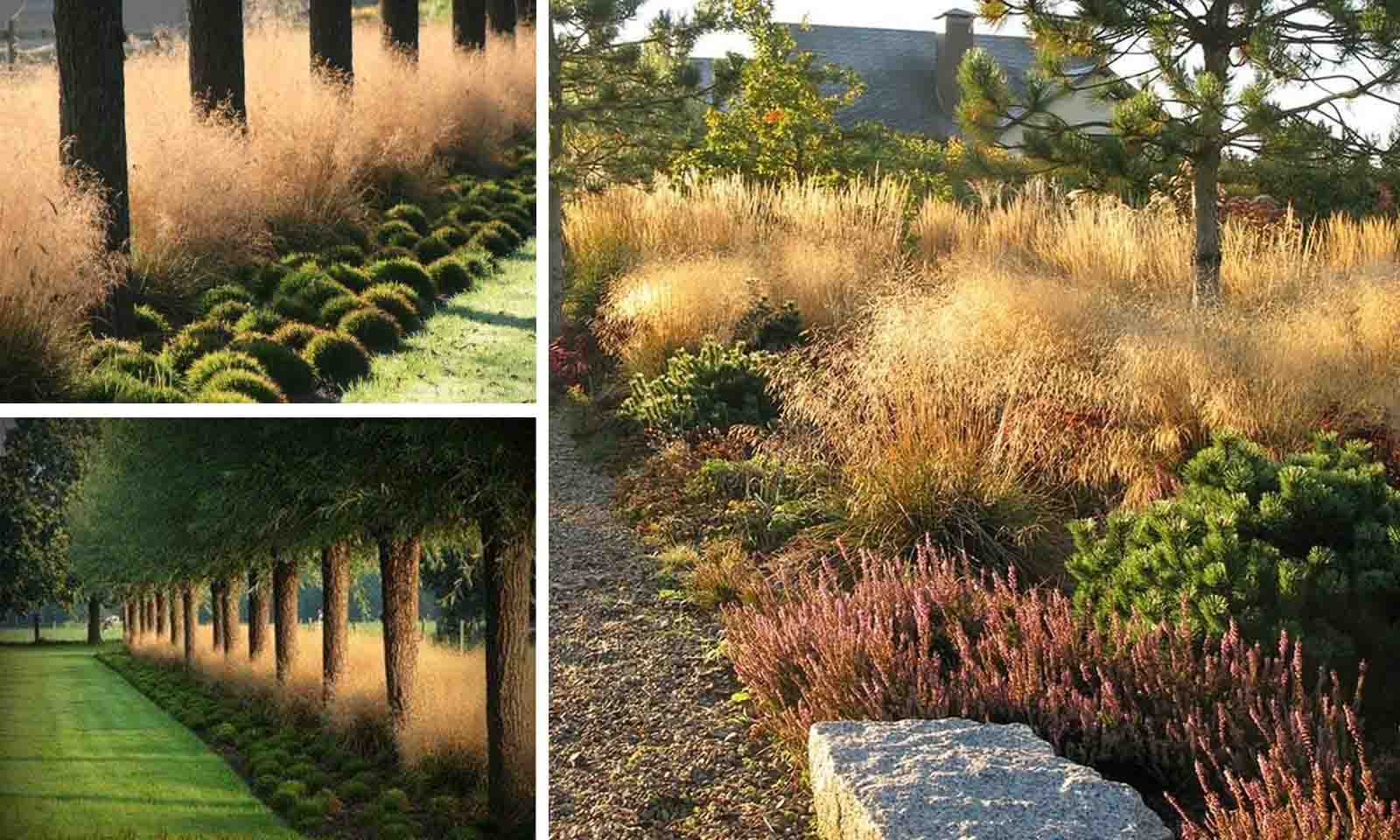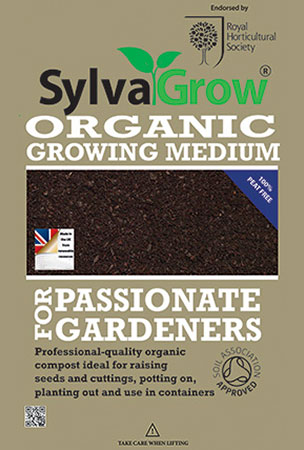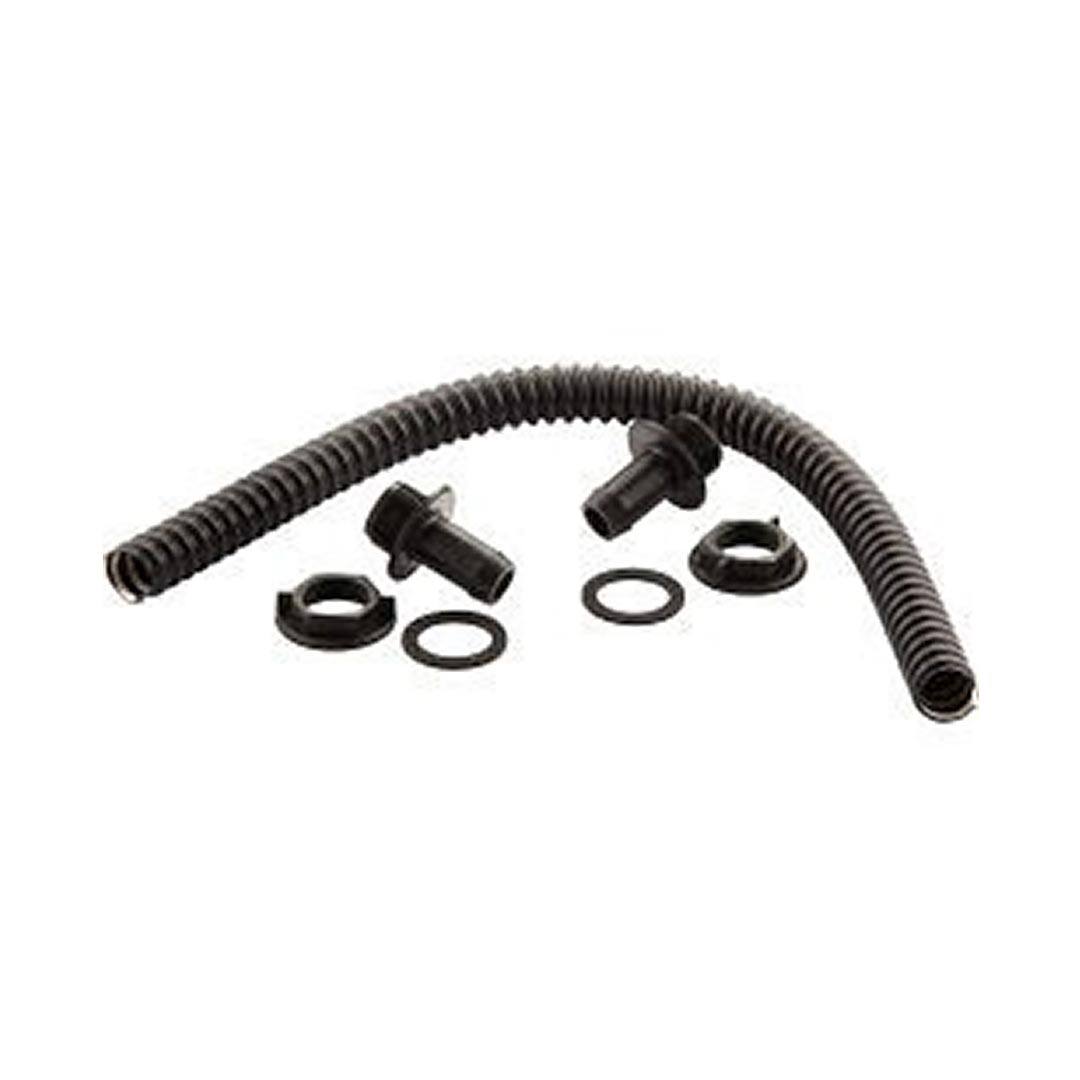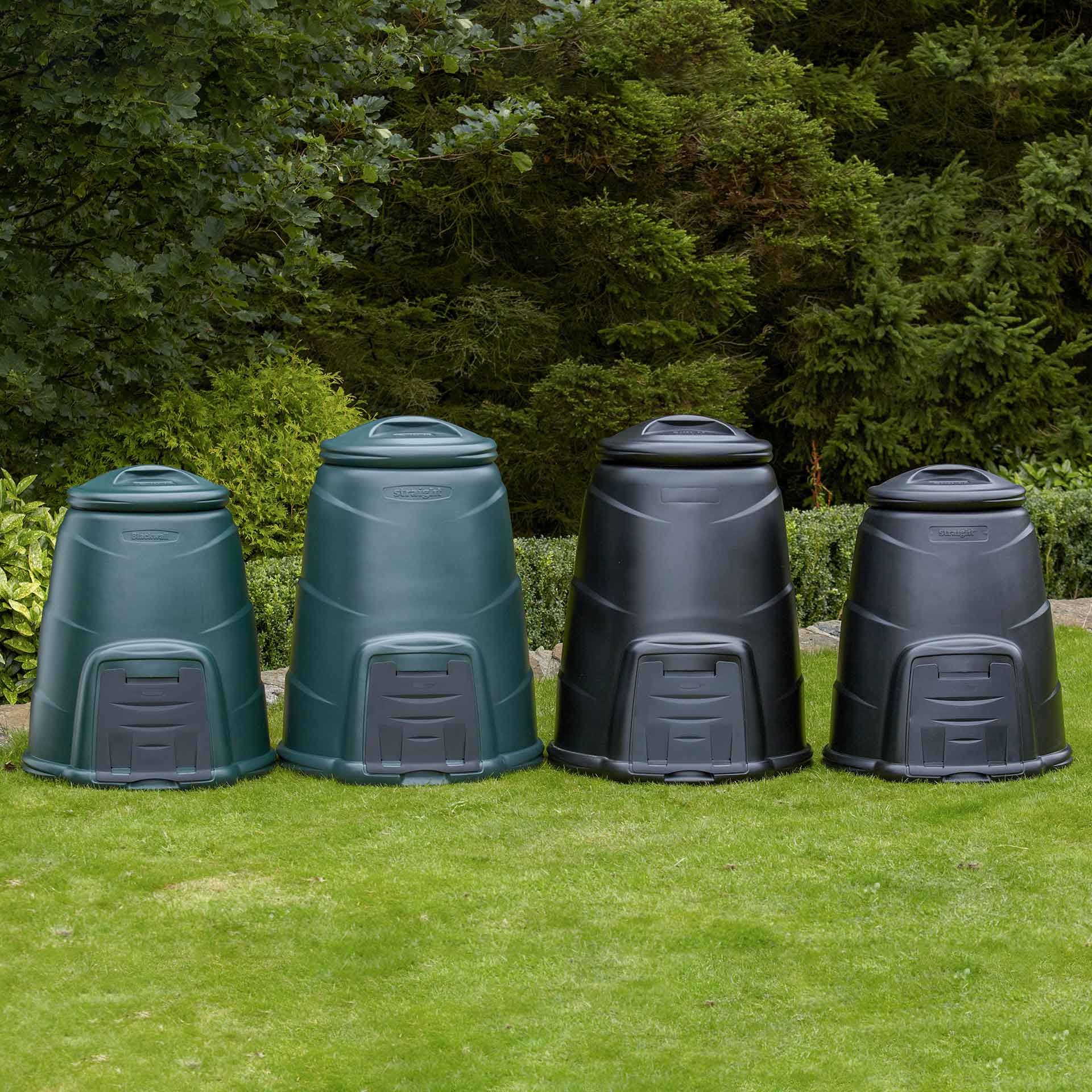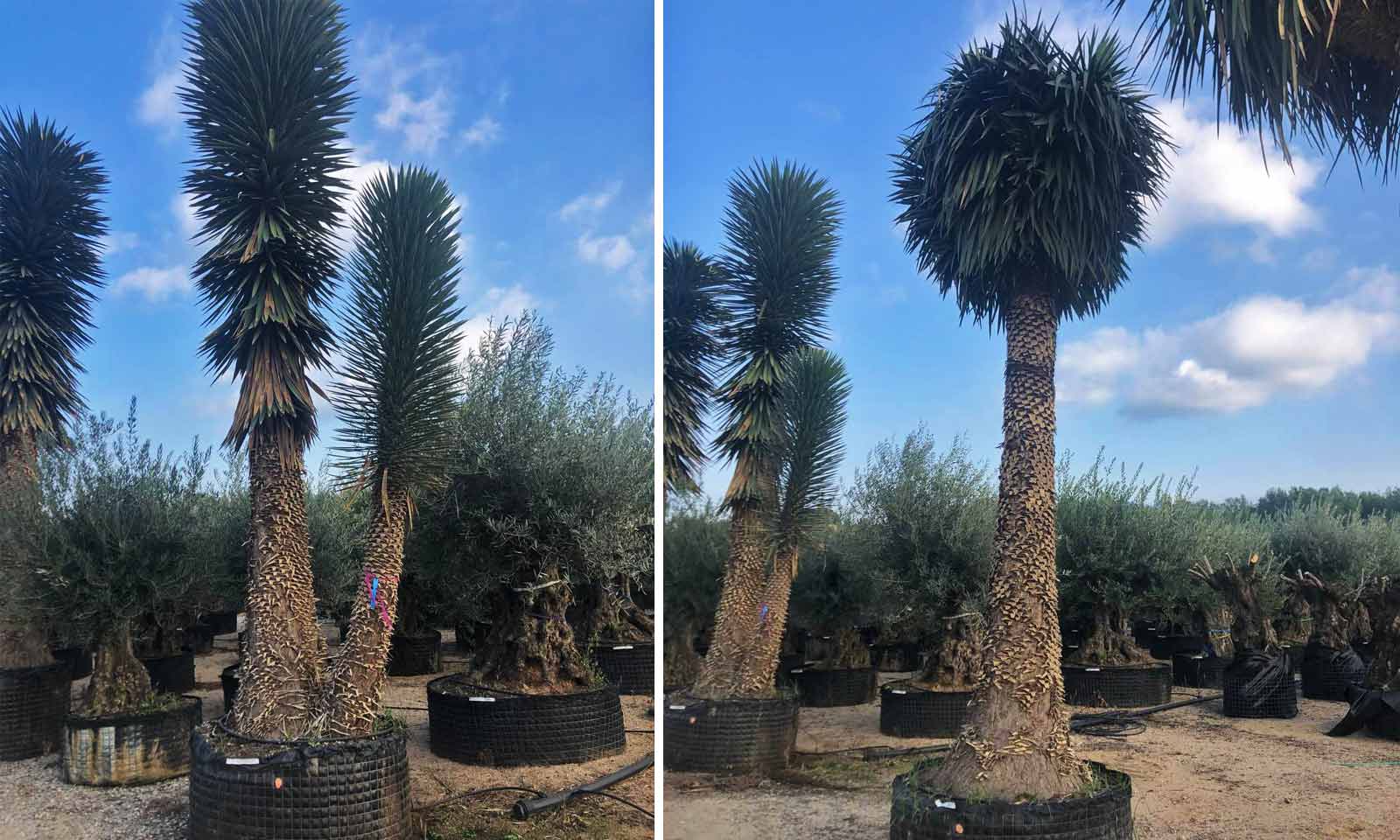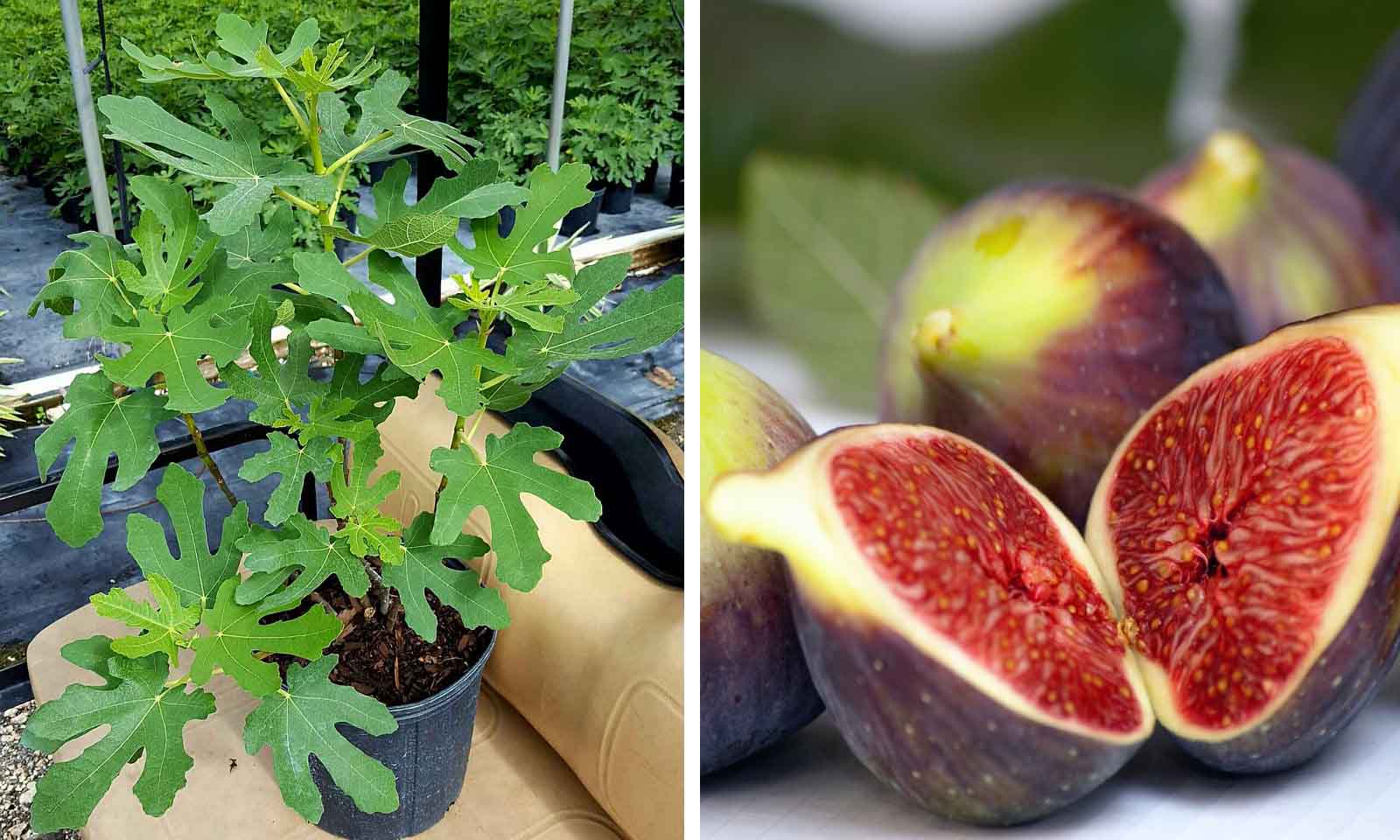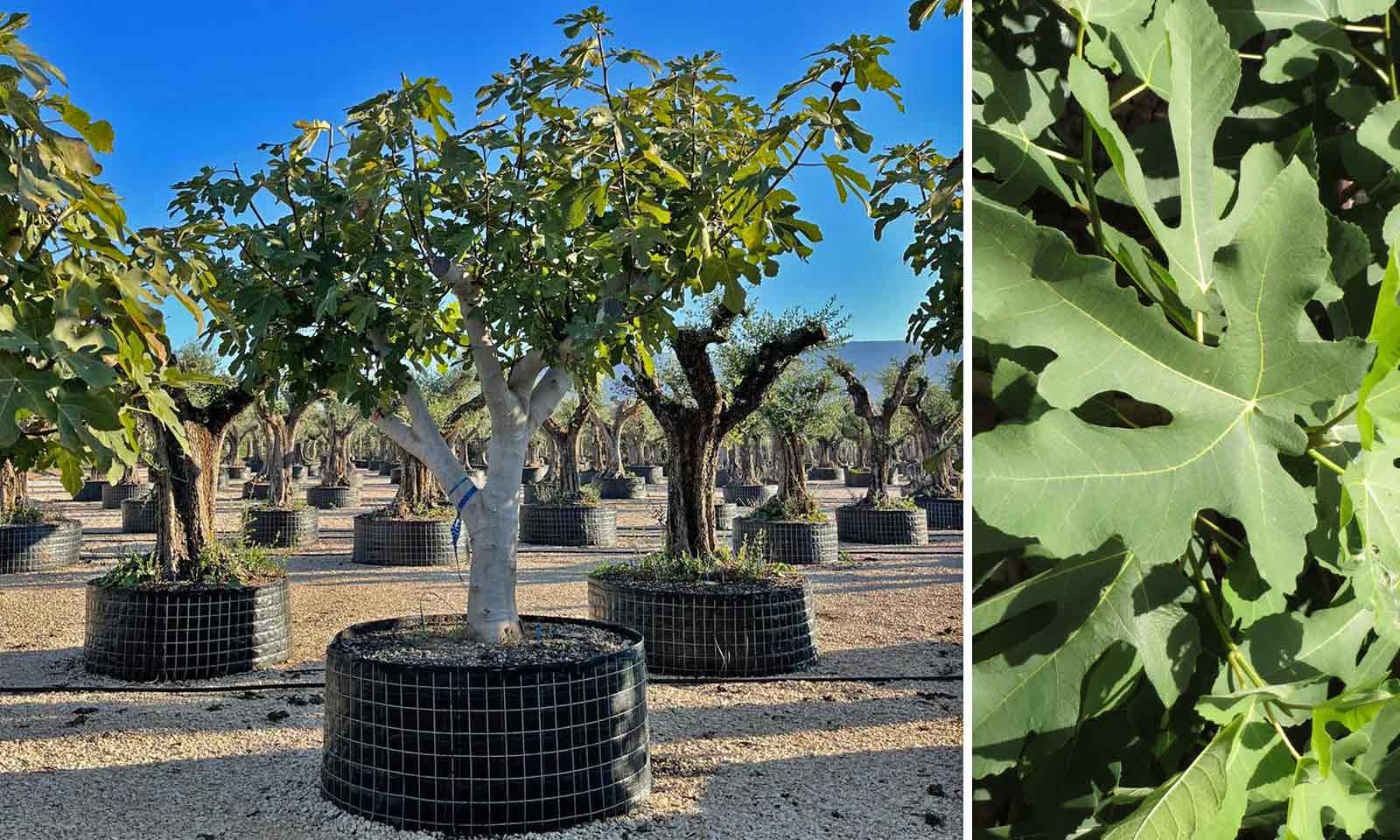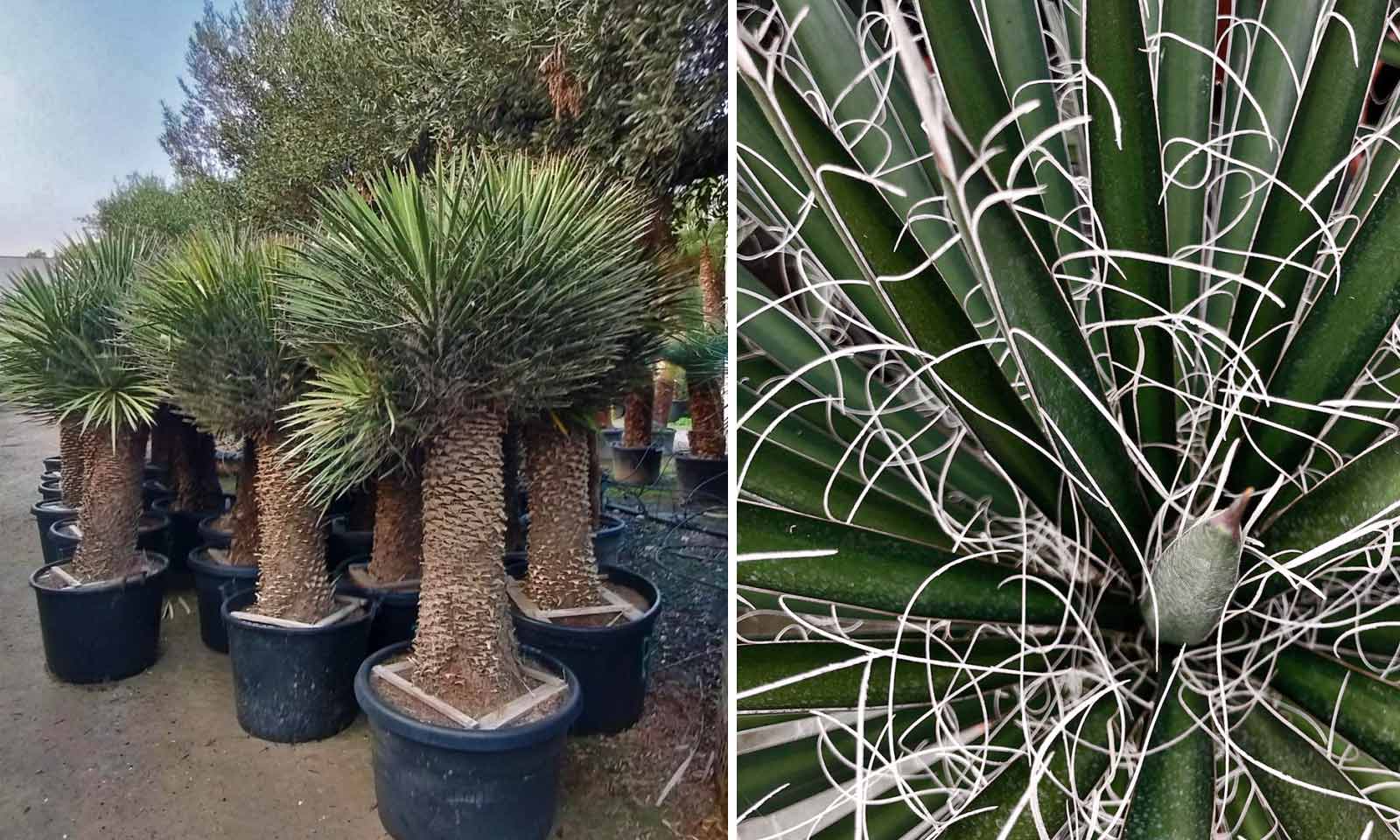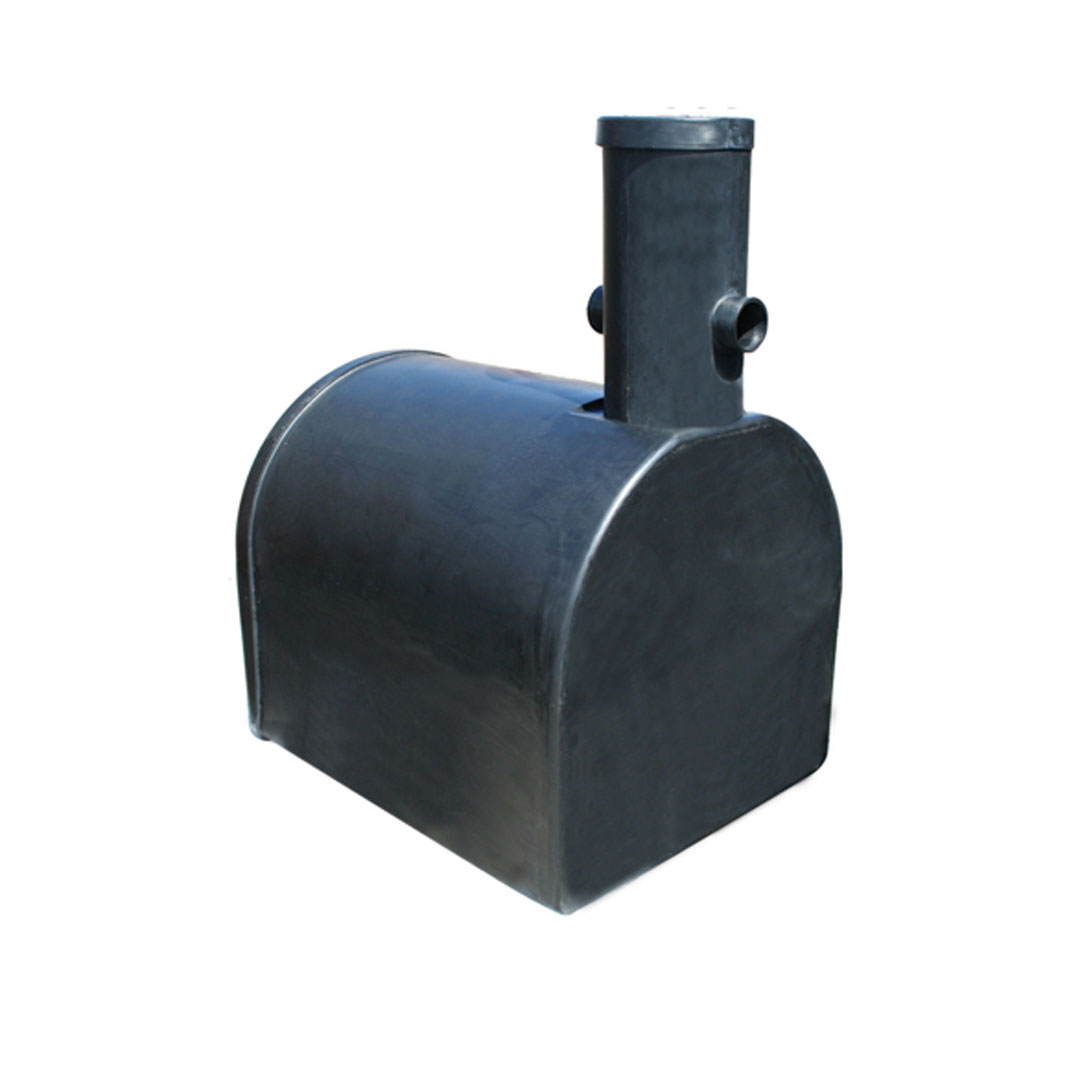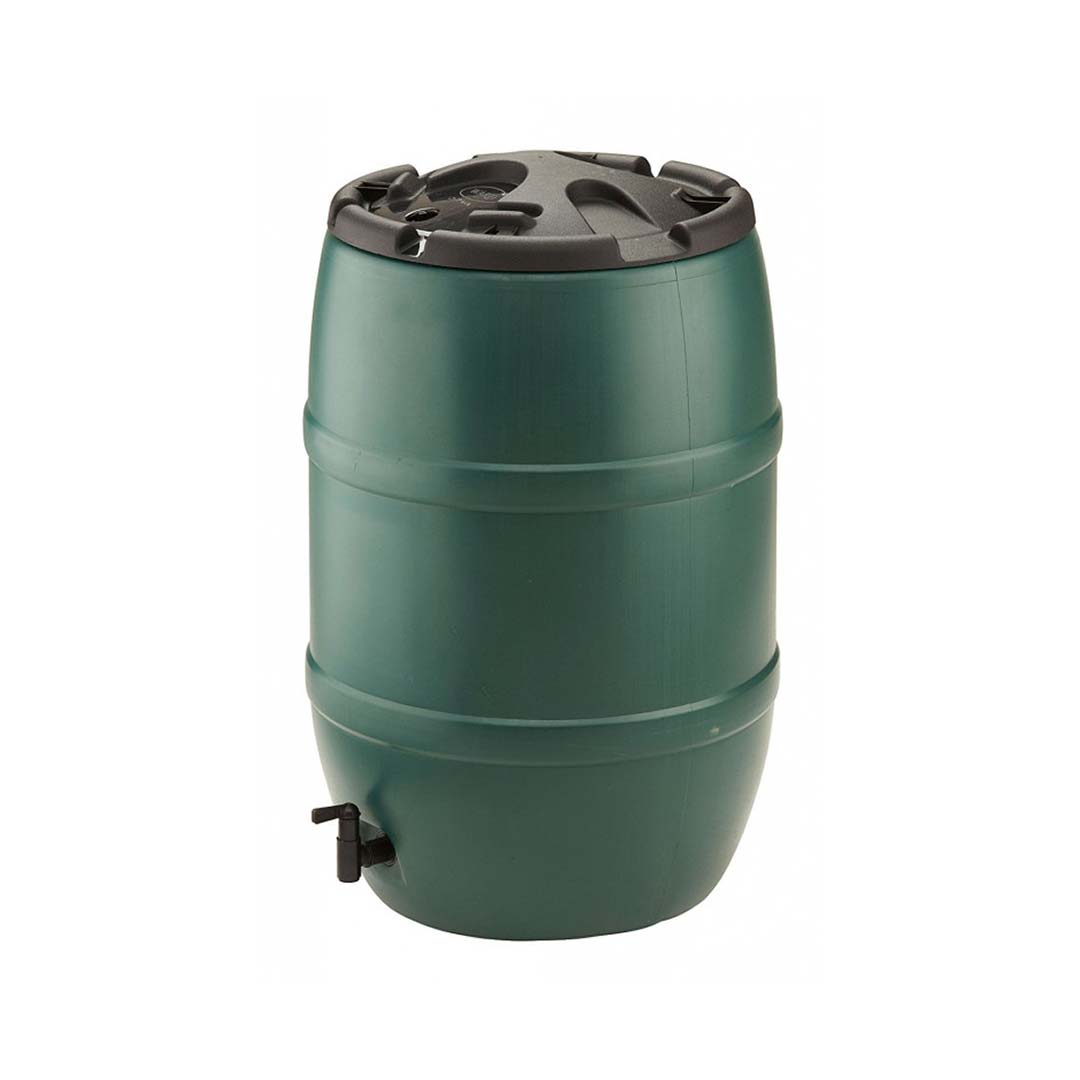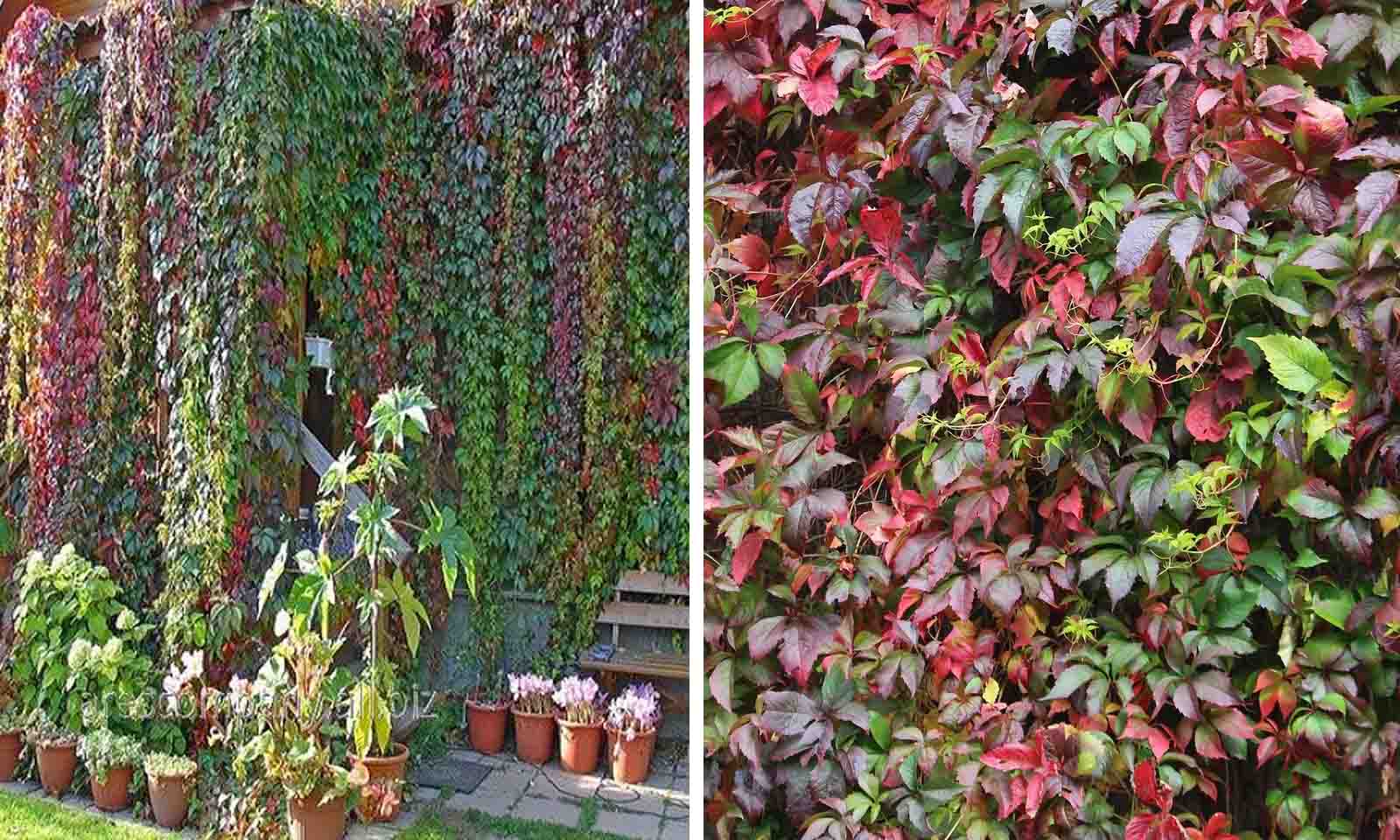Yucca Filifera (St. Peter's Palm) - Extra Large - 500-600 cm / 16.4-19.7 ft
Yucca Filifera, also known as St. Peter’s Palm, is a bold and architectural choice for UK gardens, perfect for adding a touch of the exotic. Its dramatic, sword-like foliage and potential for forming a trunk make it a standout feature in gardens.
Yucca Filifera thrives best in full sun and well-drained soil. It’s tolerant of chalk, loam, or sandy soils and can handle pH levels from acidic to alkaline. It’s a suitable choice for coastal, Mediterranean-style, or architectural gardens. While hardy, providing protection during severe frosts is recommended if the plant is young or potted.
This Yucca - a fantastic option for those seeking a low-maintenance yet striking plant that exudes tropical charm while fitting seamlessly into UK gardens.
Latin Name: Yucca Filifera
English Name: St. Peter's Palm
Species: Asparagaceae
Genus: Yucca
Foliage Type: Evergreen
Foliage: Green
Flower: White
Flowering Period: Summer
Suggested Location: Outdoor.
Suggested Soil Type: Well-drained. Loam, Sand, Chalk
Suggested Exposure to Sunlight: Full Sun
Suggested Exposure to Weather: Sheltered or Exposed
Hardiness Rating: High (H5)
Lowest Temperature Tolerance: -10 °C to -5 °C (14 °F to 23 °F)
Suggested Uses: Flower borders and beds Architectural City & Courtyard Gardens Coastal Cottage & Informal Garden Mediterranean Climate Plants.
Maintenance: Minimal pruning is needed—simply remove dead or damaged leaves to keep the plant tidy.
Growth Habit: Bushy.
Growth Speed: Slow
Final Height: 8 m - 10 m (13.1 ft - 26.2 ft)
Final Sideways Spread: 4 m - 6 m (13.1 ft - 19.7 ft)
Delivery Cost: This is calculated based on the total size, weight and quantity of your order, as well as the location of your delivery address. You will see the final price at the Online Checkout Page (before making payment). Our website will automatically calculate the lowest possible delivery price and apply discounts to orders of certain products – giving you the best value delivery every time!
Please note that high-volume orders will decrease your delivery costs significantly by spreading the price across multiple items. Visit our Delivery Policy page for more information.
